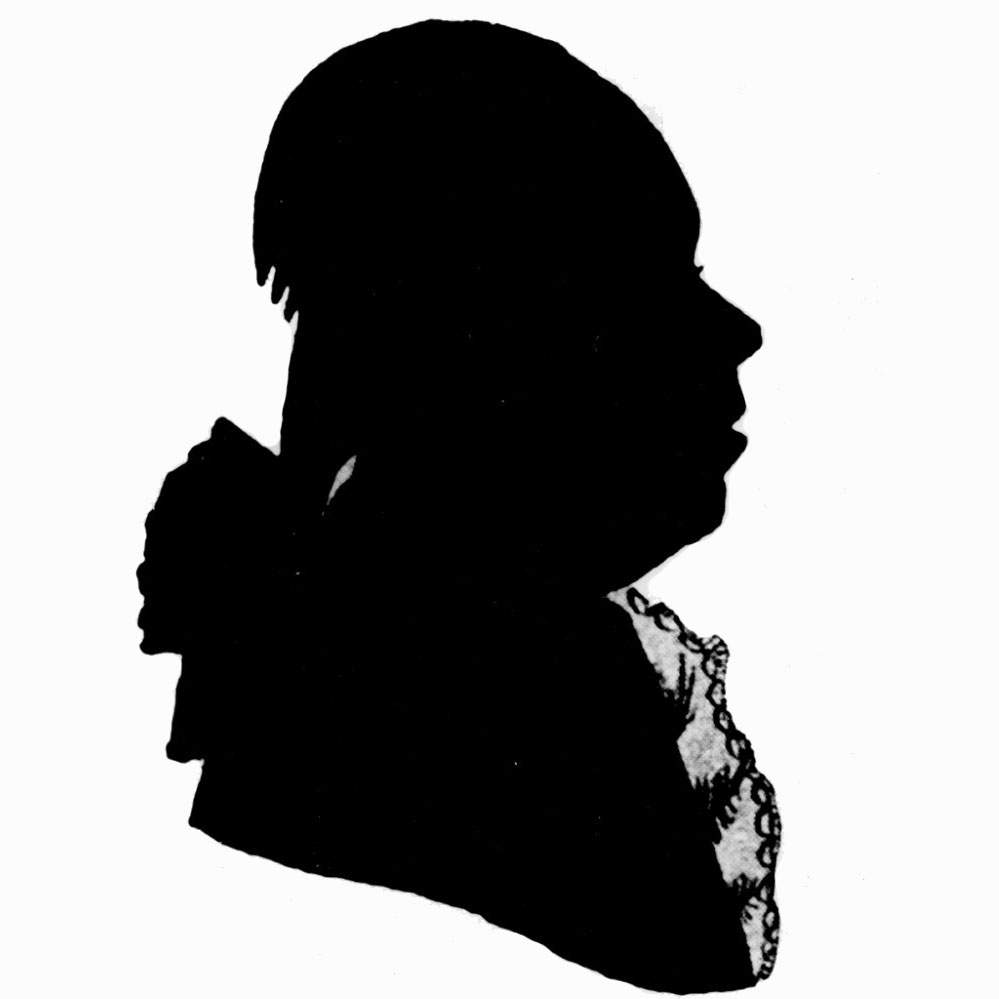- Visit Us Safely
- Opening Hours
- Getting Here
- Admission and Tickets
- Exhibitions
- Virtual 3D Tour
- Kunstkamera Mobile Guide
- History of the Kunstkamera
- The Kunstkamera: all knowledge of the world in one building
- Establishment of the Kunstkamera in 1714
- The Kunstkamera as part of the Academy of Sciences
- The Kunstkamera building
- First collections
- Peter the Great's trips to Europe
- Acquisition of collections in Europe: Frederik Ruysch, Albert Seba, Joseph-Guichard Duverney
- The Gottorp (Great Academic) globe
- Siberian expedition of Daniel Gottlieb Messerschmidt
- The Academic detachment of the second Kamchatka expedition (1733-1743)
- 1747 fire in the Kunstkamera
- Fr.-L. Jeallatscbitsch trip to China with a mission of the Academy of Sciences (1753-1756)
- Siberian collections
- Academy of Sciences' expeditions for geographical and economic exploration of Russia (1768-1774)
- Research in the Pacific
- James Cook's collections
- Early Japanese collections
- Russian circumnavigations of the world and collections of the Kunstkamera
- Kunstkamera superintendents
- Explore Collections Online
- Filming and Images Requests FAQs
Semyon Kotelnikov
Semyon Kirillovich Kotelnikov (1723–1806) was a physicist, mathematician, Academician of the Academy of Sciences (since 1797, Honorary Member). A son of a common soldier of the Preobrazhensky Regiment, Kotelnikov was 11 when he entered the Kiev-Mogila Academy organized by Theophan Prokopovich. Next, he was transferred to Alexander-Nevsky Seminary. Since 1741, he studied at the Academic Gymnasium and then Academic University. In 1751, he was sent abroad to proceed with his education in the University of Leipzig. In 1752, in Berlin, he defended his thesis at Leonhard Euler’s, the famous member of Russian Academy of Sciences, and Euler recommended Kotelnikov to the Academy in the department of higher mathematics. In 1756, Kotelnikov arrived in St. Petersburg and was elected extra-ordinary, and in 1760, ordinary professor of higher mathematics. In 1771-1797, he was directing the academic library and was “Superintendent” of the Kunstkamera and the Mineralogical Cabinet. Kotelnikov also supervised the Geographical Department and taught mathematics and navigation sciences at the Naval Szlachta Cadet Corp.
S.K. Kotelnikov’s superintendence at the Kunstkamera coincided with the time of intensive replenishment of the museum funds with new collections from “physical” academic expeditions. He played an exceptionally positive role in the life of the Museum of that period. This was a prominent and already developed scholar, whose philosophy emerged under direct influence of the great Russian scientist M.V. Lomonosov, under whose direction he had worked for many years.”
A mathematician by training, he preeminently was a pedagogue and explainer of academic knowledge. These qualities in combination with perfect administrative talents made him irreplaceable in the position of the Kunstkamera Director. Kotelnikov’s energetic activities embraced all spheres of the museum operation, from scientific supervision and down to managerial details.
S.K. Kotelnikov set up the work to improve the processing and conservation of exhibits brought from expeditions directly in the Museum. To dry plants, stuffed animals and other items supplied by expeditions, “so that worms would not germinate them,” a special hothouse was equipped in the yard by Kotelnikov’s order, and for stretching skins a “free carpenter” Grigory Golushkin was hired. Stuffed animal makers were invited for treatment of animal skins.
Museum’s researchers were also involved in the work to improve the storage and conservation; they were doing a lot of researches, mostly, on finding ways to combat moth.
Academician C.F. Wolf, who was personally in charge of the exhibits coming from expeditions, submitted a special “Conception on safekeeping natural expeditionary things at the Kunstkamera”.
The Kunstkamera owes to S.K. Kotelnikov’s energy the improvement in the scientific documentation of the collections. In 1774, Academicians P.S. Pallas and I.I. Lepekhin were ordered “that the named items, which from their and other expeditions were sent, should be properly examined together with Academician Laxman and a detailed inventory of those things should be made and presented to the aforesaid commission”.
They started to use special numbers printed at the Academy’s Print Shop for enumeration of the exhibits in the Kunstkamera and books in the Library. Such labels with Roman and Arabic figures, identifying the category and the number, still exist on various exhibits which once had belonged to the Kunstkamera. The Print Shop also printed various labels which designated “as much as possible in Russian and French languages, what that item constituted.”
For proper description, classification, and placement of these newly acquired from physical expeditions collections, Kotelnikov engaged leading Kunstkamera’s specialists. A huge bulk of work was carried out by Kotelnikov’s assistants: S. Bukhvostov, curator of the Kunstkamera’s collections since 1735, and sub-librarian J. Bakmeister.
The Academy, whose activities were inextricably interconnected with the Kunstkamera, and to a certain extent, depended upon the quality of work of this institution, started, by Kotelnikov’s initiative, to pay more attention to the museum and curators’ activities. In 1778, for the first time ever, Academy employees were awarded with golden medals for their successful work at the Kunstkamera. The first medal “for the efforts applied, carefulness, and art in the order of placement of natural items in the Kunstkamera” was presented to Academician P.S. Pallas; the second one “for the museum work” was awarded to Academician E. Laxman, and the third one “for the composition of the library description, which we have lacked and which we have always needed, and which not everyone could make” was given to sub-librarian J. Bakmeister.
The last recipient of the Academy Award received it for the new Kunstkamera catalogue-guide which, no doubt, had appeared to a big extent thanks to Academician Kotelnikov. In 1776, it was published in French, and only 3 years later (1779), it was published in Russian, translated by Vasiliy Kostygov, under the title “The Essay Concerning the Library and the Cabinet of Rarities and Natural History of the St. Petersburg Academy of Sciences.”
